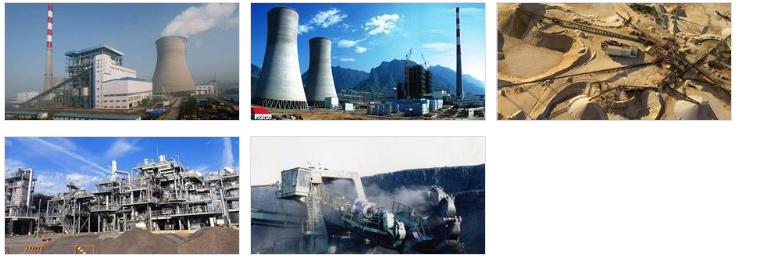Punjabi
- Afrikaans
- Albanian
- Amharic
- Arabic
- Armenian
- Azerbaijani
- Basque
- Belarusian
- Bengali
- Bosnian
- Bulgarian
- Catalan
- Cebuano
- Corsican
- Croatian
- Czech
- Danish
- Dutch
- English
- Esperanto
- Estonian
- Finnish
- French
- Frisian
- Galician
- Georgian
- German
- Greek
- Gujarati
- Haitian Creole
- hausa
- hawaiian
- Hebrew
- Hindi
- Miao
- Hungarian
- Icelandic
- igbo
- Indonesian
- irish
- Italian
- Japanese
- Javanese
- Kannada
- kazakh
- Khmer
- Rwandese
- Korean
- Kurdish
- Kyrgyz
- Lao
- Latin
- Latvian
- Lithuanian
- Luxembourgish
- Macedonian
- Malgashi
- Malay
- Malayalam
- Maltese
- Maori
- Marathi
- Mongolian
- Myanmar
- Nepali
- Norwegian
- Norwegian
- Occitan
- Pashto
- Persian
- Polish
- Portuguese
- Punjabi
- Romanian
- Russian
- Samoan
- Scottish Gaelic
- Serbian
- Sesotho
- Shona
- Sindhi
- Sinhala
- Slovak
- Slovenian
- Somali
- Spanish
- Sundanese
- Swahili
- Swedish
- Tagalog
- Tajik
- Tamil
- Tatar
- Telugu
- Thai
- Turkish
- Turkmen
- Ukrainian
- Urdu
- Uighur
- Uzbek
- Vietnamese
- Welsh
- Bantu
- Yiddish
- Yoruba
- Zulu
Telephone: +86 13120555503
Email: frank@cypump.com
ਸਤੰ. . 25, 2024 00:06 Back to list
Submersible Pumps for Industrial Applications and Their Efficient Performance in Water Management
Submersible Industrial Pumps An Overview
Submersible industrial pumps are essential components in various industrial applications, designed to operate underwater. Unlike traditional pumps that pull fluids to the surface, submersible pumps are submerged in the fluid they are pumping, which reduces the risk of cavitation and suction issues. This unique feature makes them particularly effective for handling large volumes of water, including in challenging environments such as mining, construction, and wastewater treatment.
Submersible Industrial Pumps An Overview
Submersible pumps are typically categorized into two main types drainage pumps and sewage pumps. Drainage pumps are used for removing clear water, often in construction sites or flood-prone areas, while sewage pumps are designed to handle waste and sewage, characterized by their ability to manage solids and debris in municipal applications. The construction of these pumps is robust, with materials resistant to corrosion and wear, ensuring longevity even under heavy usage.
submersible industrial pump

The operating principle of submersible pumps revolves around creating pressure through the impeller, which pushes the fluid upwards when submerged. The design involves multiple stages of impellers, allowing for efficient elevation of water even from great depths. Advanced models utilize variable frequency drives (VFD) to control motor speed, which enhances energy efficiency and operational flexibility.
In industrial settings where water management is critical, the reliability of submersible pumps cannot be overstated. They are commonly used for applications such as groundwater lowering, irrigation, and in the oil and gas industry for transporting hydrocarbons. Moreover, with the growing emphasis on sustainable practices, newer models are being developed to deliver higher energy efficiency and lower environmental impact, aligning with global sustainability goals.
Another important aspect of submersible pumps is their ease of installation and portability. Many models are designed for quick deployment, facilitating immediate responses during emergencies, such as flooding or equipment failure. As industries seek to automate processes, submersible pumps with smart technologies are gaining popularity, allowing for remote monitoring and predictive maintenance, which help in minimizing downtime.
In conclusion, submersible industrial pumps play a pivotal role in managing water and fluids across various sectors. Their efficiency, reliability, and ability to operate in submerged conditions make them indispensable for industrial applications. As continuous advancements are made in pump technology, industries can expect enhanced performance and sustainability from their pumping solutions, driving productivity and environmental responsibility hand in hand.
-
High-Performance Air Pumps for Sand & Gravel | Efficient Transport
NewsAug.03,2025
-
ISG Series Vertical Pipeline Pump - Chi Yuan Pumps Co., LTD.|Energy Efficiency, Corrosion Resistance
NewsAug.03,2025
-
ISG Series Pipeline Pump - Chi Yuan Pumps | Energy Efficiency&Compact Design
NewsAug.03,2025
-
ISG Series Vertical Pipeline Pump - Chi Yuan Pumps Co., LTD.|High Efficiency, Low Noise, Durable
NewsAug.02,2025
-
ISG Series Vertical Pipeline Pump - Chi Yuan Pumps | High Efficiency, Low Noise
NewsAug.02,2025
-
ISG Series Vertical Pipeline Pump- Chi Yuan Pumps Co., LTD.|High Efficiency&Compact Design
NewsAug.02,2025










